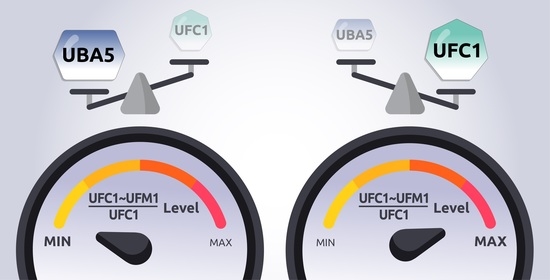Overexpression of UBA5 in Cells Mimics the Phenotype of Cells Lacking UBA5
Abstract
Share and Cite
Kumari, S.; Banerjee, S.; Kumar, M.; Hayashi, A.; Solaimuthu, B.; Cohen-Kfir, E.; Shaul, Y.D.; Rouvinski, A.; Wiener, R. Overexpression of UBA5 in Cells Mimics the Phenotype of Cells Lacking UBA5. Int. J. Mol. Sci. 2022, 23, 7445. https://doi.org/10.3390/ijms23137445
Kumari S, Banerjee S, Kumar M, Hayashi A, Solaimuthu B, Cohen-Kfir E, Shaul YD, Rouvinski A, Wiener R. Overexpression of UBA5 in Cells Mimics the Phenotype of Cells Lacking UBA5. International Journal of Molecular Sciences. 2022; 23(13):7445. https://doi.org/10.3390/ijms23137445
Chicago/Turabian StyleKumari, Sujata, Sayanika Banerjee, Manoj Kumar, Arata Hayashi, Balakrishnan Solaimuthu, Einav Cohen-Kfir, Yoav D. Shaul, Alexander Rouvinski, and Reuven Wiener. 2022. "Overexpression of UBA5 in Cells Mimics the Phenotype of Cells Lacking UBA5" International Journal of Molecular Sciences 23, no. 13: 7445. https://doi.org/10.3390/ijms23137445
APA StyleKumari, S., Banerjee, S., Kumar, M., Hayashi, A., Solaimuthu, B., Cohen-Kfir, E., Shaul, Y. D., Rouvinski, A., & Wiener, R. (2022). Overexpression of UBA5 in Cells Mimics the Phenotype of Cells Lacking UBA5. International Journal of Molecular Sciences, 23(13), 7445. https://doi.org/10.3390/ijms23137445






